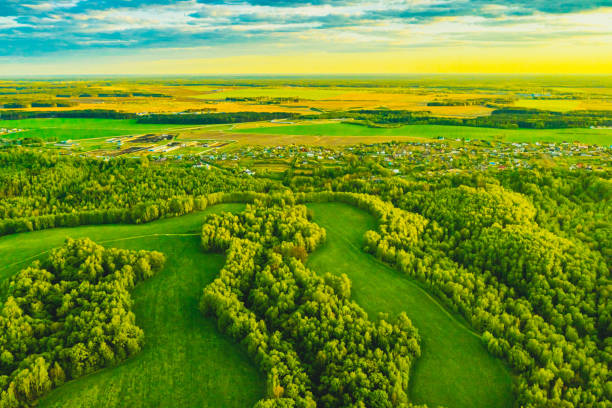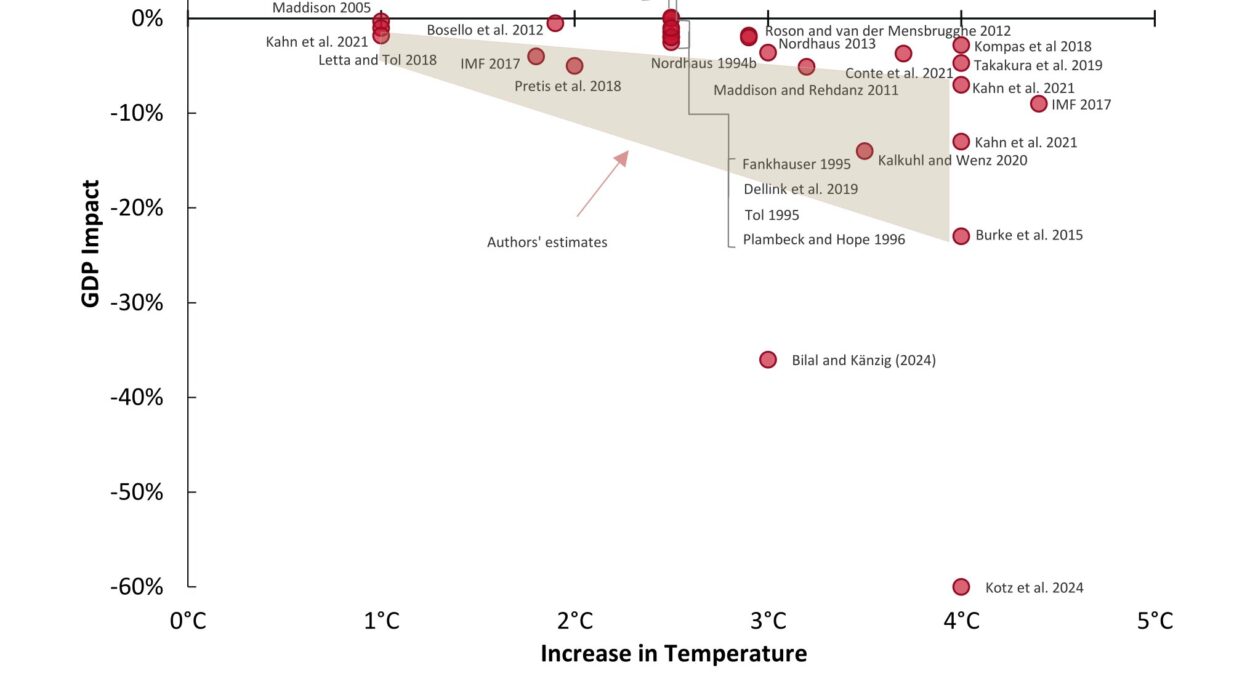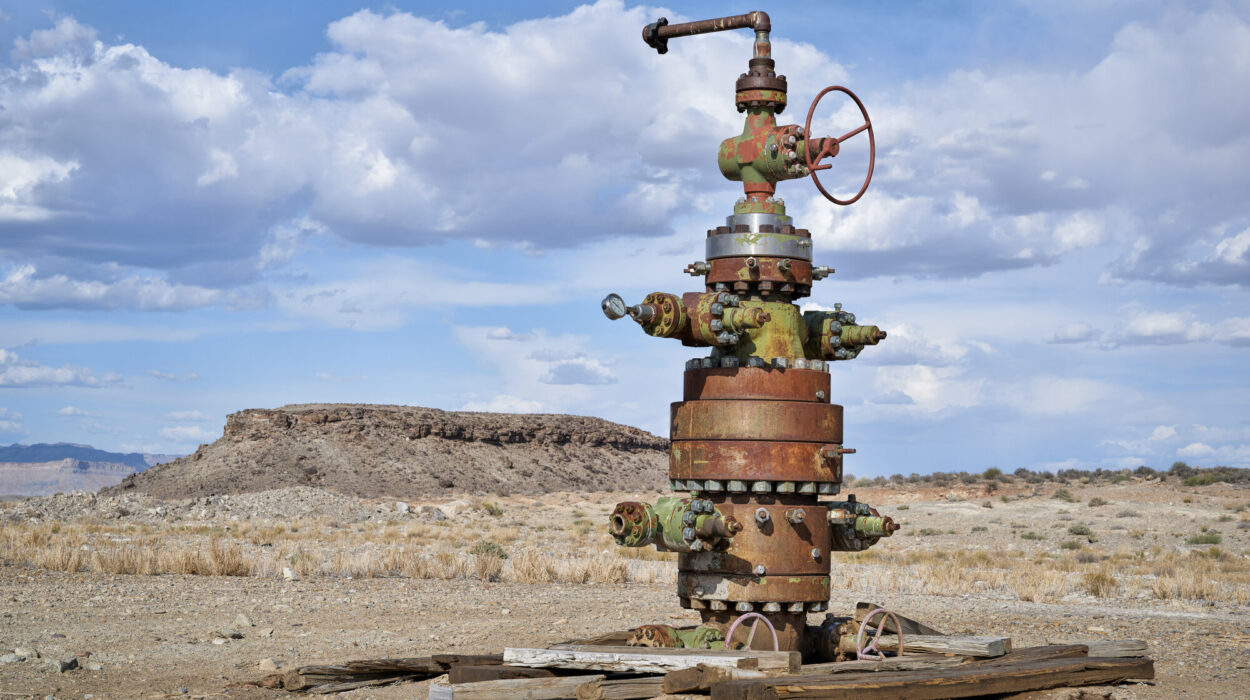Imagine walking through a forest, your footsteps soft on the moss-covered ground. You pause, listening to the rustle of leaves, breathing in the crisp scent of pine and soil. You see no smoke, no plastic, no machines—only nature. And yet, as you walk, you’re leaving something behind. Not something you can see or touch, but something real, something measurable: your carbon footprint.
Every breath we take, every mile we drive, every meal we eat, leaves a faint but indelible mark on our planet. It’s a trail of carbon—emitted into the atmosphere in the form of carbon dioxide and other greenhouse gases. Over time, and with billions of us contributing, this invisible trail becomes a heavy blanket, warming the Earth, reshaping climates, and threatening the delicate balance of life.
But before we can reduce this footprint, we must first understand what it really is, where it comes from, and how each of us plays a role in either worsening or healing our world.
What Is a Carbon Footprint?
The term “carbon footprint” might sound technical, but at its heart, it’s a deeply human concept. It’s the sum total of greenhouse gas emissions—primarily carbon dioxide (CO₂), but also methane (CH₄), nitrous oxide (N₂O), and fluorinated gases—that result directly and indirectly from our actions.
Think of it as a ledger of our lives. The food we consume, the clothes we wear, the electricity we use, the transportation we choose—all these decisions add up to a cumulative impact on the planet. If Earth had a bank account for carbon, we’ve been drawing more than we deposit, and the planet’s balance sheet is now dangerously out of sync.
A carbon footprint can be measured for an individual, a family, a business, a city, or even a country. It is usually expressed in tonnes of CO₂-equivalent (CO₂e), which is a standard unit that allows all greenhouse gases to be compared based on their global warming potential.
But to understand how this footprint forms, we need to dig into the sources that feed it.
The Sources of Our Emissions
Our modern lives are powered by energy—mostly from fossil fuels. Burning coal, oil, and gas for electricity and heat is the single largest contributor to global greenhouse gas emissions. Each flick of a light switch, each hum of a refrigerator, carries with it a cost in carbon.
Then comes transportation. Our cars, buses, airplanes, and ships run on gasoline or diesel. Each liter of fuel burned releases CO₂ into the sky. The global thirst for mobility ensures that transport is a major emitter—especially in industrialized nations.
Next is food. Not just what we eat, but how it’s produced. Livestock farming, especially cattle, releases enormous amounts of methane. Fertilizers used in industrial agriculture release nitrous oxide, another potent greenhouse gas. Add to this the emissions from packaging, transporting, refrigerating, and waste, and your dinner plate starts to carry surprising weight.
Manufacturing and construction also loom large. The making of cement, steel, and plastic involves energy-intensive processes. Every building, every product, from smartphones to sneakers, carries an embedded carbon footprint. Even digital activities like streaming a movie or sending an email require data centers that consume electricity around the clock.
Finally, deforestation—often overlooked—is a double blow to the atmosphere. Trees naturally absorb CO₂, acting as Earth’s lungs. But when forests are cut down, not only is this absorption lost, but the carbon stored in the trees is also released, adding to the burden.
The Carbon Footprint of a Nation
Zooming out from individuals, nations vary wildly in their carbon footprints. Developed countries like the United States, Canada, and Australia have among the highest per capita emissions, largely due to energy-intensive lifestyles and economies. Developing nations, while growing their emissions, still have far smaller footprints per person.
China, the world’s most populous nation, is currently the largest overall emitter, though much of its manufacturing supports consumption in the West. India, another rising economy, has increasing emissions but a low per capita rate.
This global imbalance raises critical questions of climate justice: who is responsible for the majority of historical emissions, and who will suffer the most from their consequences? The answers are not just found in science, but in ethics and policy.
The Consequences of Carbon Overload
Carbon dioxide and other greenhouse gases trap heat in the Earth’s atmosphere. This natural “greenhouse effect” is essential—it keeps our planet warm enough for life. But since the Industrial Revolution, human activities have supercharged this process, adding vast quantities of greenhouse gases into the air.
The result is global warming. The planet’s average temperature has risen by over 1°C since pre-industrial times, and this warming is accelerating. It may sound like a small number, but in the context of planetary systems, it’s immense.
This warming disrupts weather patterns, intensifies storms, melts glaciers, raises sea levels, and shifts ecosystems. Coral reefs bleach and die. Arctic ice vanishes. Droughts deepen, floods intensify, and wildfires rage more fiercely. Entire communities face displacement from rising seas and shrinking resources.
Climate change is no longer a distant threat—it is a lived reality for millions and a looming crisis for billions.
Carbon Footprint and Daily Life
It’s easy to imagine that fixing climate change requires massive government action and high-tech solutions. While these are important, the truth is more personal. Every action matters, and small changes multiplied by millions can alter the future.
Consider breakfast. If you opt for oatmeal instead of bacon and eggs, your meal has a far smaller carbon footprint. Choosing a locally grown apple over an imported banana cuts emissions from transport. Drinking tap water instead of bottled saves the plastic and the fuel used in shipping. Walking or cycling to work instead of driving halves your daily emissions.
Even at home, simple choices matter. Switching to LED bulbs, using energy-efficient appliances, turning down the thermostat, or insulating your home can all chip away at your carbon tally. Cutting back on fast fashion, repairing instead of replacing, and consuming less overall is a step toward a lighter footprint.
None of these actions alone will solve the crisis. But collectively, they signal a shift in mindset—from one of consumption to one of conservation, from exploitation to responsibility.
Technology and Innovation: Allies in Reduction
Innovation is a powerful ally in the fight against carbon emissions. Renewable energy sources like solar, wind, and hydro are rapidly replacing fossil fuels in many parts of the world. The cost of solar panels has dropped dramatically, making clean energy more accessible than ever.
Electric vehicles (EVs) are reshaping the transport sector. As battery technology improves and charging infrastructure expands, EVs offer a way to decarbonize personal and commercial travel.
Smart buildings and cities are being designed to minimize energy use. From green roofs to passive heating, from efficient public transport to waste recycling, the urban landscape is evolving.
Even agriculture is adapting. Precision farming, vertical agriculture, and lab-grown meat could revolutionize how we feed the world while shrinking the environmental cost.
However, technology is not a silver bullet. It must be coupled with policy, behavior change, and global cooperation.
Policy and Leadership: The Global Response
Governments play a central role in steering societies toward sustainability. Through carbon pricing, subsidies for renewables, emission regulations, and international agreements, they shape the rules of the game.
The Paris Agreement, adopted in 2015, marked a historic global commitment to limit warming to well below 2°C, ideally 1.5°C. While progress has been uneven, it galvanized action at multiple levels—national, local, and grassroots.
Carbon taxes and cap-and-trade systems are being implemented in various countries. These mechanisms put a price on carbon, creating incentives to pollute less. At the same time, investments in green infrastructure, research, and adaptation are helping communities prepare for a changing world.
Yet, political will often lags behind scientific urgency. Fossil fuel interests remain powerful, and transitions are slow. That’s why citizen engagement and democratic pressure are essential. Voters, consumers, and activists all have a role in shaping the future.
Measuring and Managing Your Own Footprint
Awareness is the first step toward change. Online tools and calculators now allow individuals and businesses to estimate their carbon footprints. These tools break down your lifestyle into measurable components—energy use, travel, diet, shopping—and show where emissions are highest.
Once you know your numbers, you can act. Setting reduction targets, offsetting emissions through reforestation projects or clean energy credits, and tracking progress over time can transform abstract concern into concrete change.
Corporations too are joining the movement. Many now publish sustainability reports, set net-zero targets, and invest in carbon-reduction strategies. Some do it out of genuine concern, others because consumers demand it. Either way, the tide is shifting.
The Power of Collective Action
No one can reduce the world’s carbon footprint alone. But together, we can turn the tide. Communities that embrace public transport, shared resources, and renewable energy build momentum. Schools that teach climate science create informed citizens. Faith groups, youth movements, and local governments can all be catalysts for change.
Movements like Fridays for Future, Extinction Rebellion, and the Sunrise Movement have brought climate to the center of global consciousness. Their message is simple: the future is being shaped today, and our choices matter.
From rooftop gardens in New York to solar villages in India, from bike-sharing in Amsterdam to reforestation in Kenya, the world is already full of inspiring stories. Each one is a reminder that we’re not helpless. We are the stewards of this planet, and the legacy we leave is in our hands.
Hope on the Horizon
The challenges are immense. The science is clear. And yet, hope remains—not as naïve optimism, but as fierce determination. Because we still have time. The Earth is resilient. Ecosystems can recover. Emissions can be reduced. Technologies can be developed. Minds can be changed.
Each ton of CO₂ not emitted is a victory. Each degree of warming avoided is a future preserved. Each voice raised, each action taken, is part of a movement larger than any one person.
The story of Earth’s carbon footprint is not finished. It is being written right now, by you, by me, by all of us. And the final chapter is still ours to choose.






